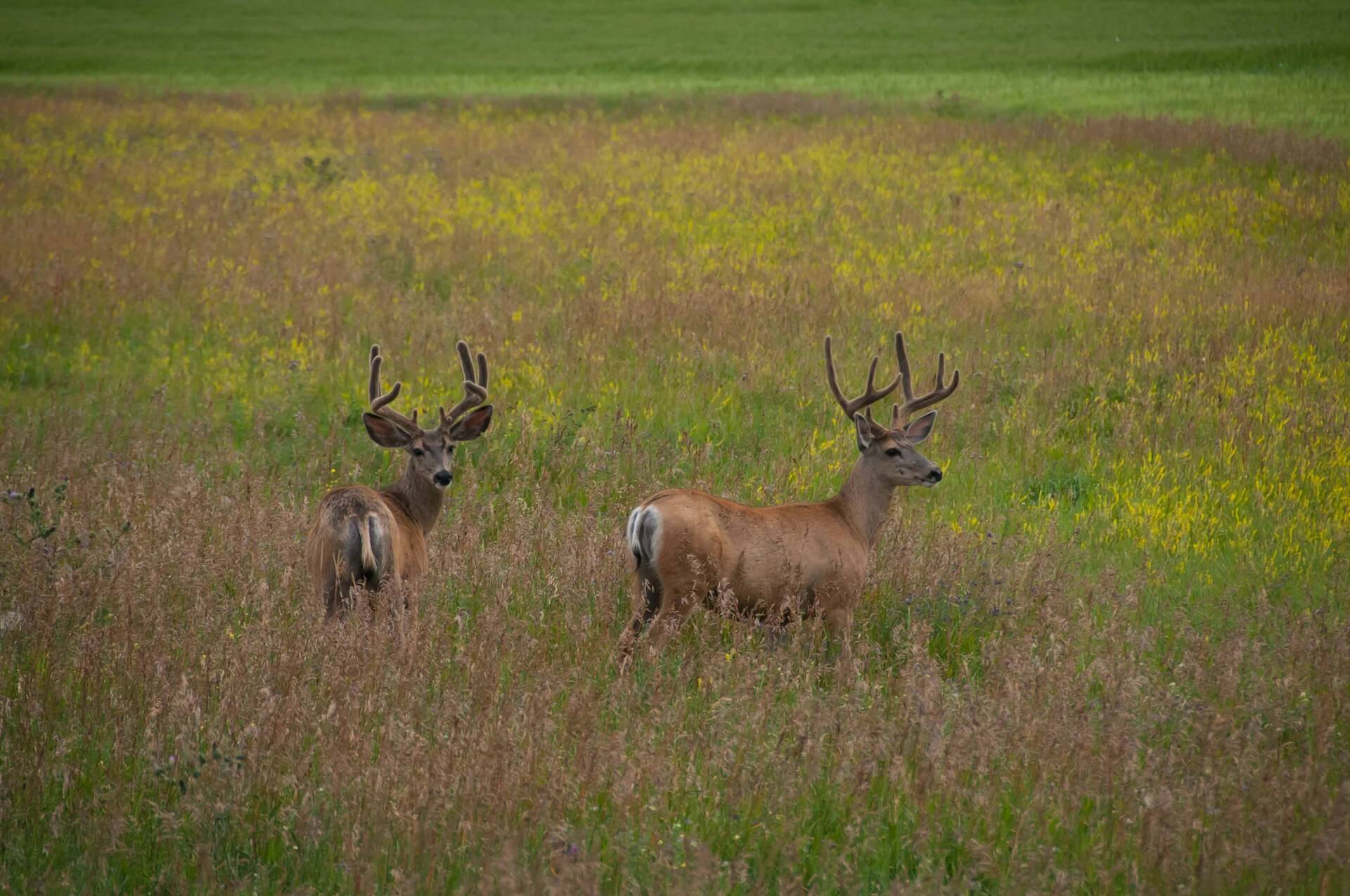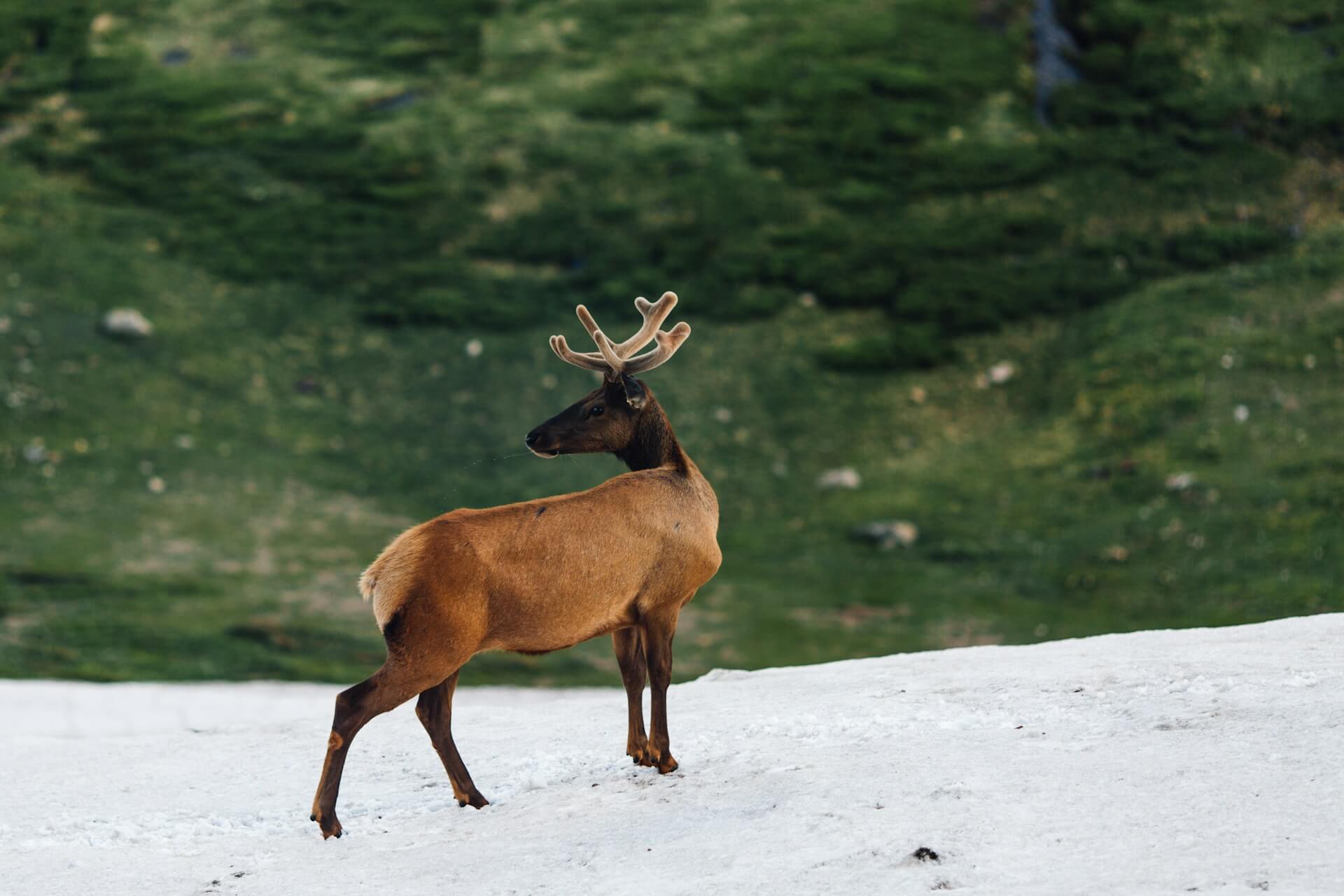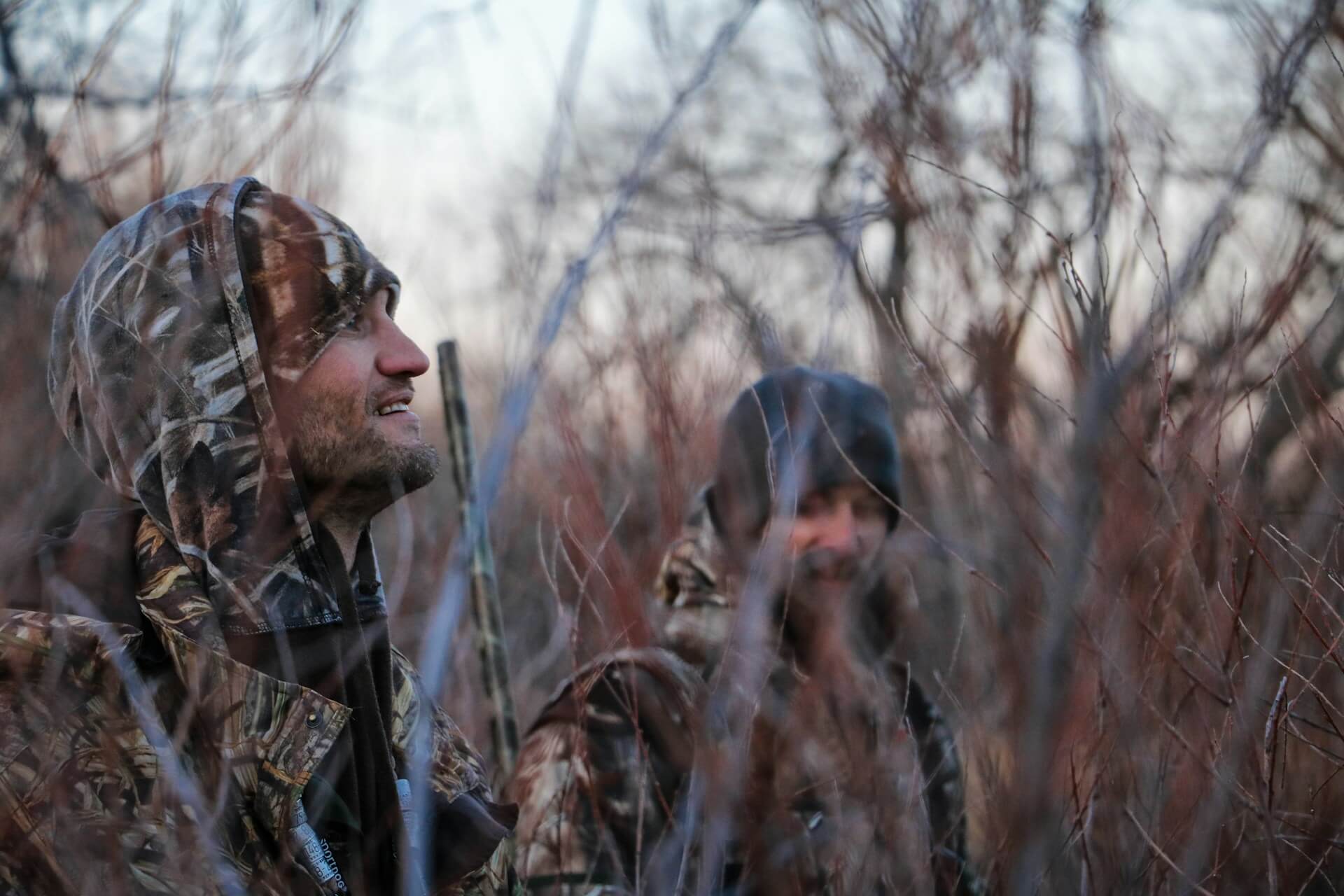
As an Amazon Associate, Modded gets commissions for purchases made through links in this post.
Deer season is underway nationwide as hunters seek to score trophies and promote conservation. If you’ve never been hunting, you may need some tips before climbing into your stand. For instance, you may be confused about how to identify a buck or the age of a deer. What should you know? Here’s your deer identification guide for fun times outdoors.
What’s a Buck in the World of Deer?

A buck is a male deer, whereas a doe is the female version of the animal. If you need help, think of the song Julie Andrews sang in “The Sound of Music.” Bucks are easier to identify because they have giant antlers on top of their heads. This headgear depends on the buck’s age, as the size grows annually. For instance, antlers under 14 inches indicate a 1.5-year-old buck.
You could see bucks with no antlers, so it may be easy to confuse them with does. If you catch a group of deer eating together, check their head shapes for distinctions. Bucks have flatter heads because that’s where the antler pedicles are, whereas does have rounder shapes. Other straightforward buck identifiers include thicker necks, darker ears and a broader gait.
How Much Does a Deer Weigh?
Another critical deer identifier is the weight difference between a buck and a doe. Bucks are much larger than their female counterparts, depending on their age and location. Generally, mature bucks weigh 150-310 pounds, whereas does range 90-210 pounds. If you see a buck and doe next to each other, the buck will likely overtake the female deer when comparing sizes.
Bucks are large and strong animals, which is interesting because of their diets. Deer feed on plants, corn, acorns and other greens throughout the year to fuel their bodies. Humans building muscle use protein shakes and weights to stay strong, though deer do an excellent job maintaining their physical appearance. Experts say they consume up to nine pounds of food daily.
Tips for Deer Identification
Deer hunting is prevalent in nearly every state, regardless of the climate. In fact, this animal is found on most continents except Australia and Antarctica. If you want to hunt deer, you may be curious about the ones in your area. Here are five tips for deer identification for the various species.
1. White-Tailed Deer
The most common deer species nationwide is the white-tailed deer. This animal’s primary identifying feature is the white on its underbelly and tail, thus giving it the name. How much does a white-tailed deer weigh? Males weigh about 150 pounds, whereas females weigh around 100 pounds. Experts estimate the U.S. has over 30 million white-tailed deer, so you should have no trouble finding one.
2. Black-Tailed Deer
Another animal famous for its color is the black-tailed deer. This species isn’t as prevalent as the white-tailed counterpart, with conservation experts estimating around 4 million in North America. You’ll primarily find this species on the West Coast, especially as you travel along the Pacific Ocean. Once you reach Northern California, Oregon and Washington, you’ll see these deer with black tails, dark antlers and mule ears.
3. Mule Deer
Black-tailed deer are a subspecies of the mule deer, so it’s easy to get them confused. The most telling feature is the size, considering male mule deer are much larger and can reach 300 pounds. Like the black-tailed species, the mule deer prefer the West Coast and dry climates. Deer identification here includes checking the laughably large donkey ears.
4. Elk

Some beginners might not know elk are part of the deer family. These massive mammals are taller and larger than your average white-tailed deer, with males weighing up to 750 pounds. In contrast, female elk typically weigh around 500 pounds. These animals have rump patches on their backs and copper shades in the winter. Additionally, they have symmetrical antlers.
5. Moose
Another animal you might not recognize as a deer is a moose. This species puts buck and other deer species to shame in size, as the males can get up to 1,500 pounds. Female moose can reach 1,000 pounds, so you probably won’t find a small version of this animal. Their primary identifiers include wide antlers, a hump and dark brown coats.
How to Prepare for Your First Hunting Trip
Deer hunting is so prevalent in the U.S. that you may find people with tattoos representing their favorite hunts. How can you make sure your first one goes off without a hitch? Here are a few tips for your outdoor excursion.
1. Bring a Partner

If you want to be by yourself, hunting is a great opportunity. However, it can quickly become boring. Grab a hunting partner for your trip, whether a friend or family member. Sitting in a treestand creates bonding opportunities, considering it’s just you and nature.
2. Remove Your Smells
Deer have incredibly keen senses of smell, so you must be aware of the smells on your body. If a mule deer or elk catches your scent, it will run away before you know it’s there. Prepare for your hunt by washing your clothes with scent-free soap and detergent. Don’t put on your best cologne!
3. Set up Food
Attracting deer starts with setting out food. These animals eat multiple pounds of vegetables and shrubs daily, so bring a bag of deer feed to the open land. Your mix should contain deer favorites, such as acorns and apples. Heighten your chances of seeing deer by providing their winter foods like dogwood and maple feed.
4. Use a Mating Call
The late fall and early winter are prime for mating season, so bringing a mating call could be fruitful for your first hunt. These devices mimic what a buck might sound like to attract female deer when this time of year arrives. If other bucks hear the noise, they may investigate the scene to see if there’s any competition.
5. Consider Trail Cams
Finding deer on your first try may be challenging. After a few hours pass, you could be bored to tears and fall asleep in your treestand. If you want better luck, consider trail cams. These devices track deer movement throughout the day, showing you where the nearest 10-point buck is. With this video feed, you have a better idea of where the animals are.
Learning About the Buck and Successful Deer Hunts
There’s nothing like showing off your proudest buck hunt from a previous winter. With this memorabilia, you have stories to tell for decades. If you’ve never hunted, now is terrific to get started. Deer identification can be a little tricky, but it should get easier with more trips outdoors.






